Have you ever heard of the term ‘dry’ to describe white wine, but not entirely sure what it means?
You aren’t alone! When selecting a wine to drink it can be difficult to know what to expect, labels are often over-descriptive and it can be daunting for those not familiar with wine options.
There are many misconceptions about dry white wine and by the end of this article you’ll know how to order white wine like a pro.
Sweet or Dry?
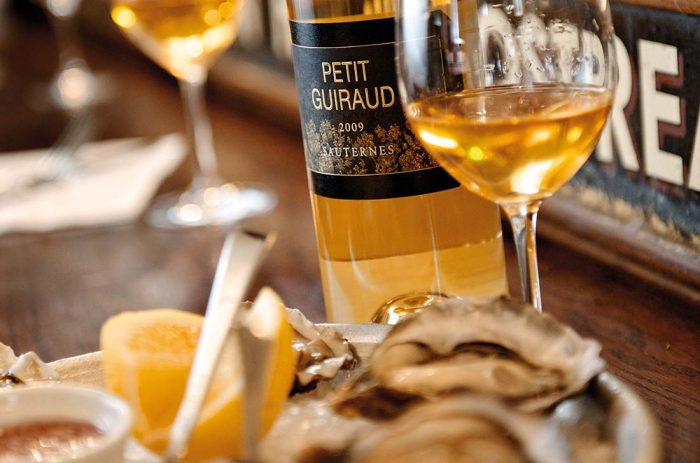
Most wines have the option to be dry, sweet, or a little in between. Except for Moscato, which is arguably the sweetest wine option on the block!
Dry wine has little sugar content, making the tasting notes more prominent and less sweet.
Sweet wine has high sugar content, creating smoother tasting notes.
When entering the wine tasting world it is good to try a few different options so you can ascertain what tasting notes and sweetness levels you prefer, then you can work your way up from there. You can find the perfect match for your tastebuds with the white wine from First Choice Liquor, as they have many options to choose from.
‘Dry’ Sensation
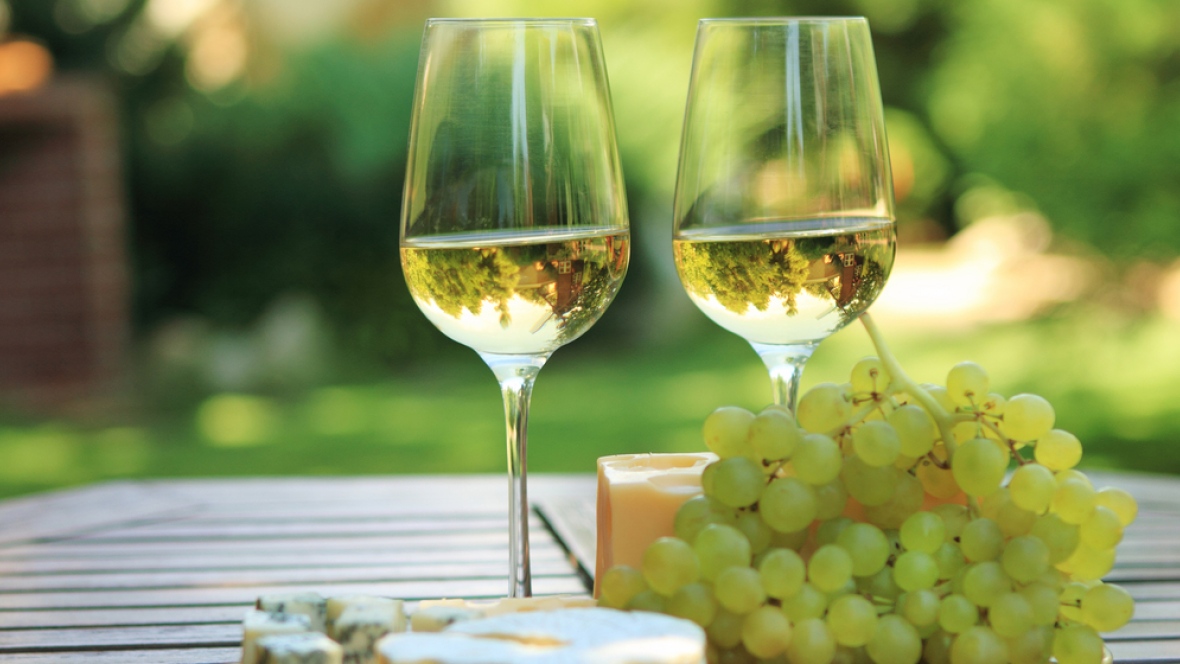
Often, people misuse the term ‘dry’ when it comes to wine, as they think it is the sensation of dryness of the wine that might leave in the drinker’s mouth.
This sensation is known as ‘tannins’, caused by naturally occurring compounds found within the grape stems, skins and seeds.
During the wine making process, producers have the ability to control the tannins by monitoring the length of time the grape juice actually sits with the stems, skins and seeds.
The longer they stay together to process, the higher tannins will be present, creating a very dry wine in the sensational sense.
So when a wine creates a ‘dry’ sensation when tasting, it does not necessarily mean it is a ‘dry’ wine – because ‘dry’ flavours are all dependent on the sugar content.
‘Dry’ Flavour

‘Dry’ white wine is all about the flavour and taste of the wine, rather than how it feels to drink it.
Dry wine is often bitter, crisper, and generally a more refreshing wine to drink compared to deep, rich and bodied red wines, or sweetly sharp rosés.
This dry flavour is created by limiting the amount of residual sugars in white wine, reducing the sweetness.
Residual sugar is what makes wine naturally sweet, as it is generally frowned upon to use added sugars in wine.
How much sugar is in a dry white wine?
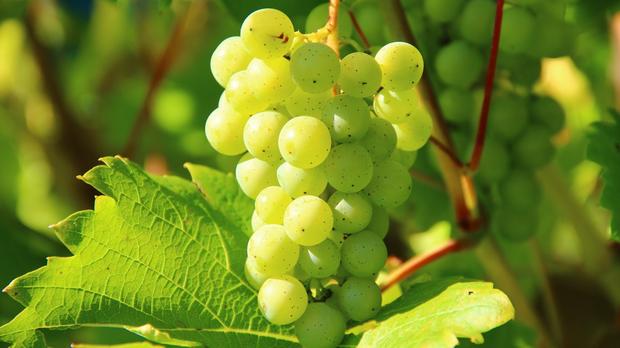
A dry white wine needs less than 10 grams of residual sugar for it to be classified as ‘dry’.
A sweet white wine needs 30 grams or more of residual sugar for it to be classified as ‘sweet’, including dessert wines.
Fermentation Process
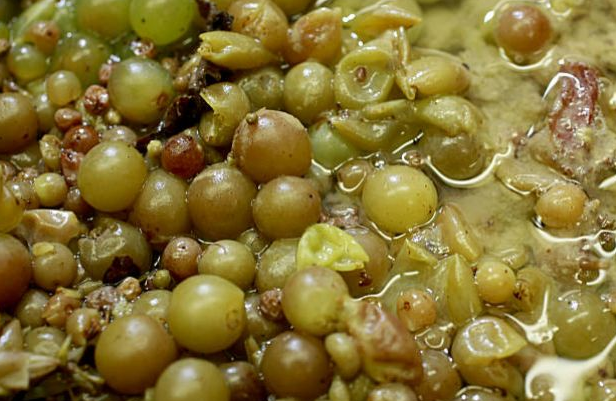
The fermentation process creates the flavour of the wine – will it be sweet, will it be dry, is it too acidic? It is all up to one main player – yeast.
When winemakers are crafting their wine, they put in grape juice, yeast, and sugar. Naturally the yeast eats the sugar, resulting in a dry wine as there is little residual sugar left.
When the winemaker stops the fermentation process early, the yeast has not fully consumed the sugars, leaving a higher quantity of residual sugar present in the wine. This gives the wine its natural sweetness.
Depending on when the fermentation process is stopped determines the sweetness or dryness of the wine.
Dry White Wines

Here are the best dry white wines to try next time you are at the liquor store, or out at a venue for drinks!
Sauvignon Blanc
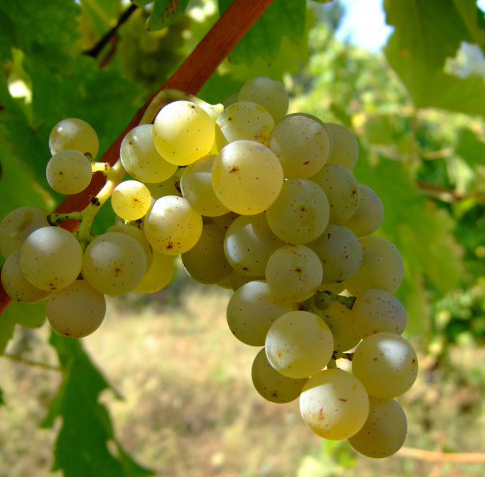
Arguably the most popular white wine, Sauvignon Blanc is a very dry white wine.
Sauvignon Blanc has citrus notes and high acidity which makes it a popular choice for wine drinkers who particularly enjoy dry, crisp wines, rather than sweet and smooth wines.
Pinot Grigio
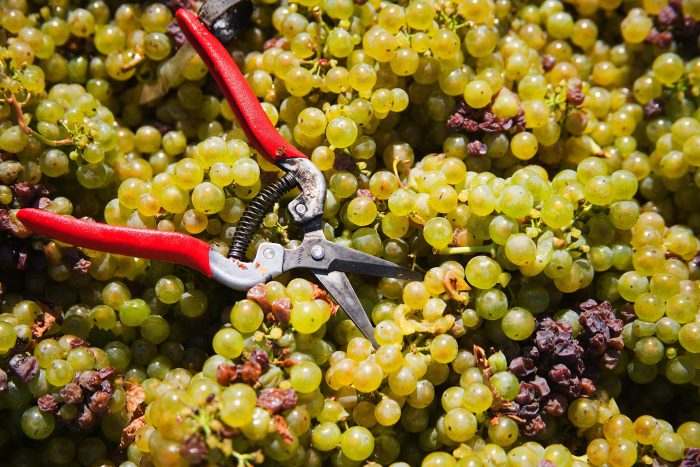
A refreshing option of dry white wine, Pinot Grigio can be a great choice for a new dry white wine drinker.
This wine is very popular at Italian restaurants and pairs well with pizza and pasta.
Riesling

Some Rieslings can be sweet, yet nowadays it is most commonly made as a dry white wine.
Chardonnay
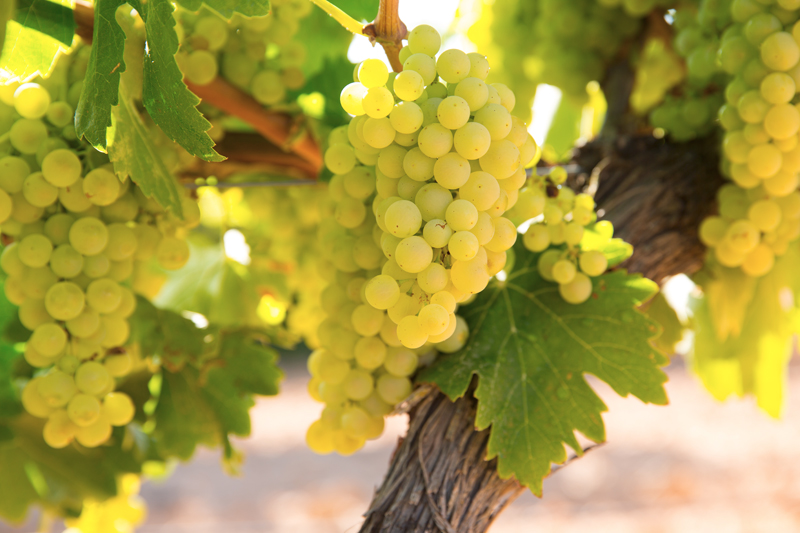
This versatile grape can come in many finished forms, causing debate in the wine community. While some people are very pro-Chardonnay, others identify themselves as ABC Drinkers (Anything But Chardonnay).
Because of this, some Chardonnay wines can be dry – these are often the oaked Chardonnays. However, some can be sweet – these are known as unoaked Chardonnays.
There is sure to be a Chardonnay to suit all tastes, it might take a bit of testing to discover which you prefer though as there are so many different options!




